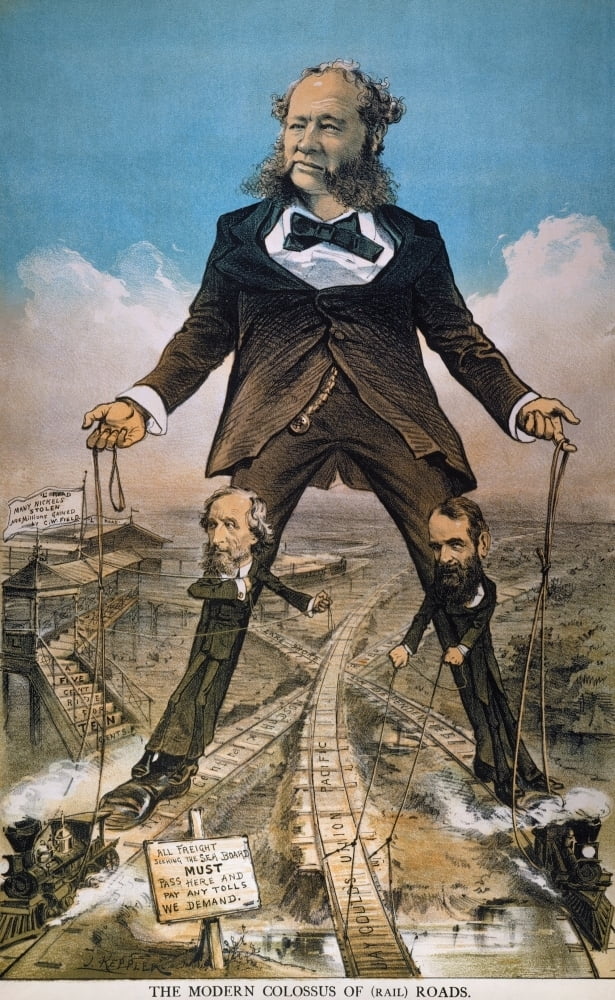

Construction was left to the direction of Chares, a native of Rhodes, who had been involved with large-scale statues before. To celebrate their victory, the Rhodians decided to build a giant statue of their patron god, Helios. Despite his failure at Rhodes, Demetrius earned the nickname Poliorcetes by his successes elsewhere. In 304 BC a relief force of ships sent by Ptolemy arrived, and Demetrius's army left in a hurry, leaving most of their siege equipment. He tried again with an even larger land-based tower named Helepolis, but the Rhodian defenders stopped this by flooding the land in front of the walls so that the rolling tower could not move. The first was mounted on six ships, but these were capsized in a storm before they could be used. However, the city was well defended, and Demetrius-whose name "Poliorcetes" signifies the "besieger of cities"-had to start construction of a number of massive siege towers in order to gain access to the walls. In 305 BC he had his son Demetrius Poliorcetes (now a famous general in his own right) invade Rhodes with an army of 40,000. During the fighting Rhodes had sided with Ptolemy, and when Ptolemy eventually took control of Egypt, Rhodes and Ptolemaic Egypt formed an alliance which controlled much of the trade in the eastern Mediterranean.Īnother of Alexander's generals, Antigonus I Monophthalmus, was upset by this turn of events. Fighting broke out among his generals, the Diadochi, with three of them eventually dividing up much of his empire in the Mediterranean area.

It is one of the Seven Wonders of the Ancient World.Īlexander the Great died at an early age in 323 BC without having had time to put into place any plans for his succession. It was roughly the same size as the Statue of Liberty in New York, although it stood on a lower platform. The Colossus of Rhodes was a giant statue of the Greek god Helios, erected on the Greek island of Rhodes by Chares of Lindos, a pupil of Lysippos, between 292 and 280 BC. If the name of the artist doesn't pull up anything just send me an email at you just want to see more shots from the archives of michael poulin and boxcarart.This drawing of Colossus of Rhodes, which illustrated The Grolier Society's 1911 Book of Knowledge, is probably fanciful, as it is unlikely that the statue stood astride the harbour mouth. Looking for a particular artist? Just go up to the top right hand corner of the page and type in the name of the artist and michael poulin. Photo by to see more Colossus of Roads shots from the archives of michael poulin and ? Click Here Thanks to those who are keeping the art of yesteryear alive by going to the next panel or car and those of you who are bringing something new to the steel canvas gallery. The work I was photographing 10 years ago is more times than not covered with spray and just glad I was there to document it back in the days. Over the years it has become apparent there seems to be a lot less originality out there and more and more of the same ol same ol. So I decided to start off the new year by taking pictures one week straight of stuff I dig and posting it here on flickr.

Colossus of Roads ( boxcar art freight train graffiti )


 0 kommentar(er)
0 kommentar(er)
